7 Apr 2022
Supporting native wildlife to flourish │ The Islander
By SOPHIE CONLON
The population of feral cats and pigs is set to plummet on Kangaroo Island soon, after the federal government recently announced $249,950 in funding towards the protection and conservation of the KI echidna.
Money from the government's Environment Restoration Fund was received by the Kangaroo Island Land For Wildlife (KI LFW) Association Incorporated, who help to manage pest species on the island.
The wild cat population will be controlled and managed through actions such as thermal shooting, Felixer Grooming Traps and cage trapping.
Final stages in the eradication of feral pigs on the island through detecting and removing the last populations of the pest will also be funded.
Senator for South Australia Andrew McLachlan said it was essential that native Australian species are preserved and provided with healthy environments to flourish into the future.
He also explained by managing the populations of feral animals on the island more native animals than just the echidna were expected to thrive.
"Funding will also support the eradication of feral pigs and cats on Kangaroo Island, which will benefit many native species including the Kangaroo Island-Echidna, Bassian Thrush, Heath Goanna and Kangaroo Island Dunnart," he said.
"Conserving and maintaining vital habitats for our precious Australian wildlife is a high priority for communities across Mayo and the government.
"Our government is committed to funding these fantastic projects that support the growth of native flora and fauna and our unique ecosystems, ensuring biodiversity which is crucial to the future of our own species on this planet"
Minister for the Environment Sussan Ley said projects just like this one across Australia have been allocated a share of $12 million funding through the fund.
"The successful projects span all states and territories and will deliver practical action on the ground to protect more than 60 priority threatened species," Minister Ley said.
"This includes action to restore and create important habitat, captive breeding programs to boost populations as well as new feral cat and fox management initiatives to reduce pressures from invasive predators.
"These community-led activities will help improve the trajectory of our most precious native wildlife with a range of flow on benefits for other species that share the same habitat."
View source
